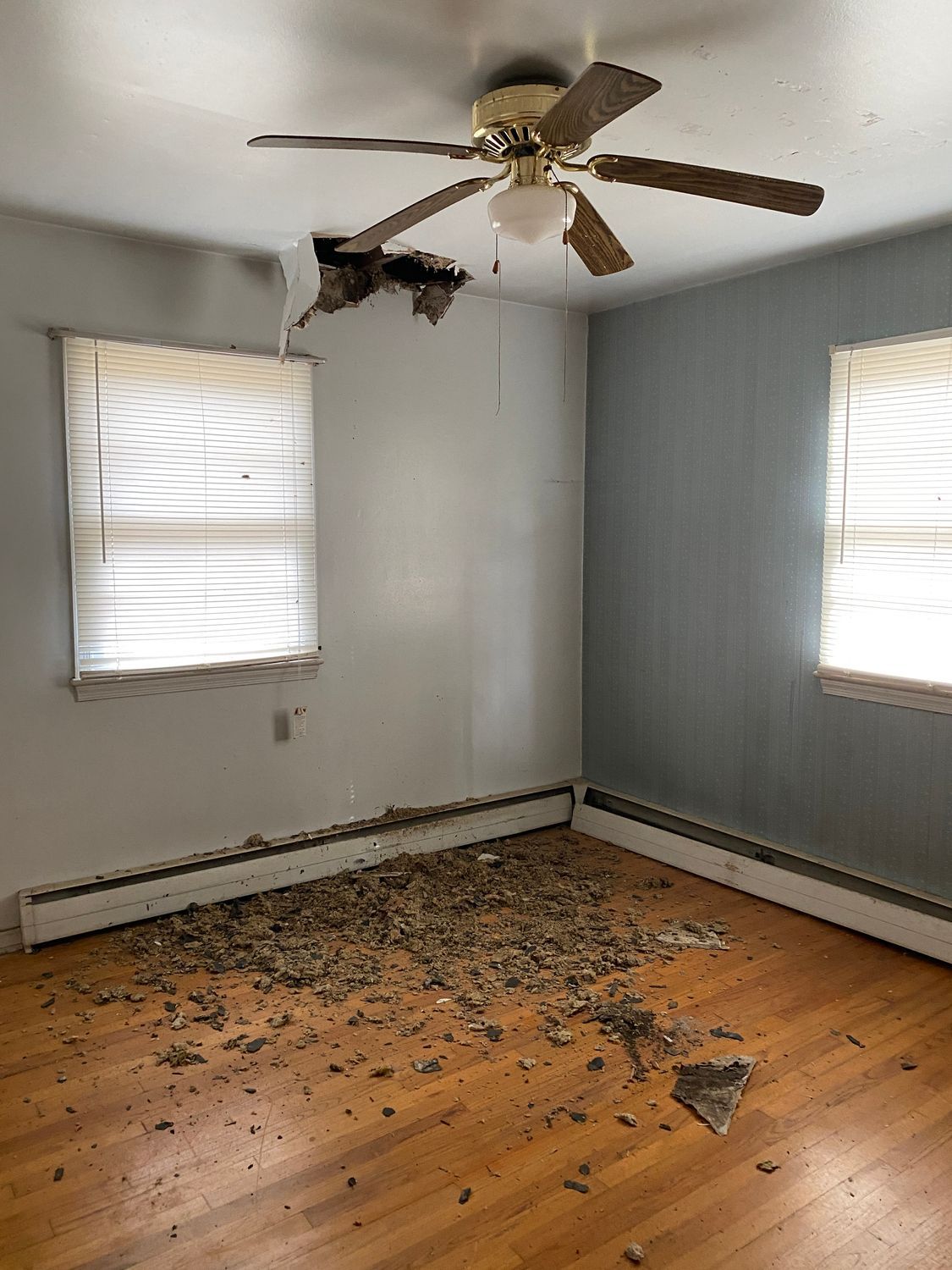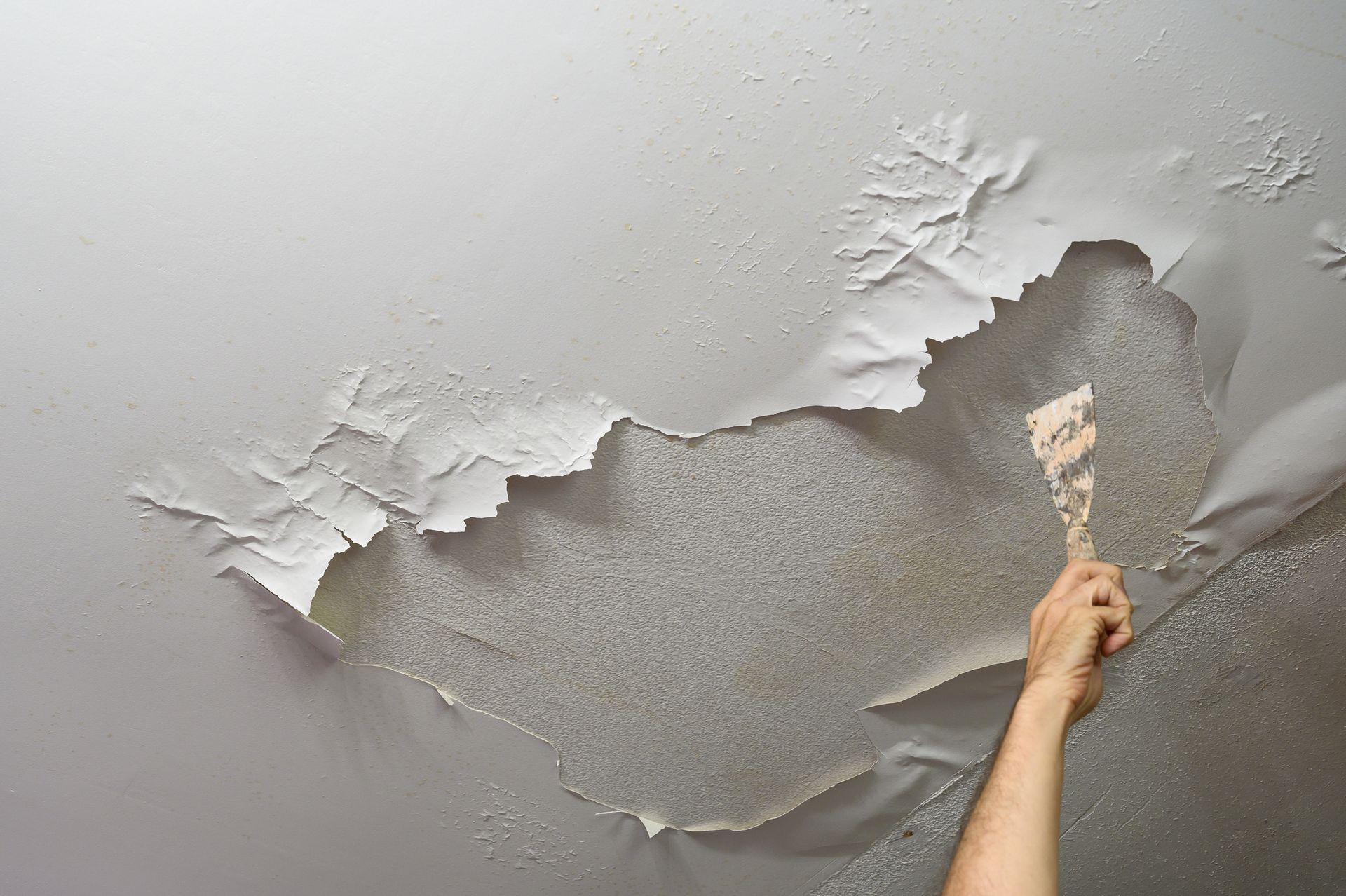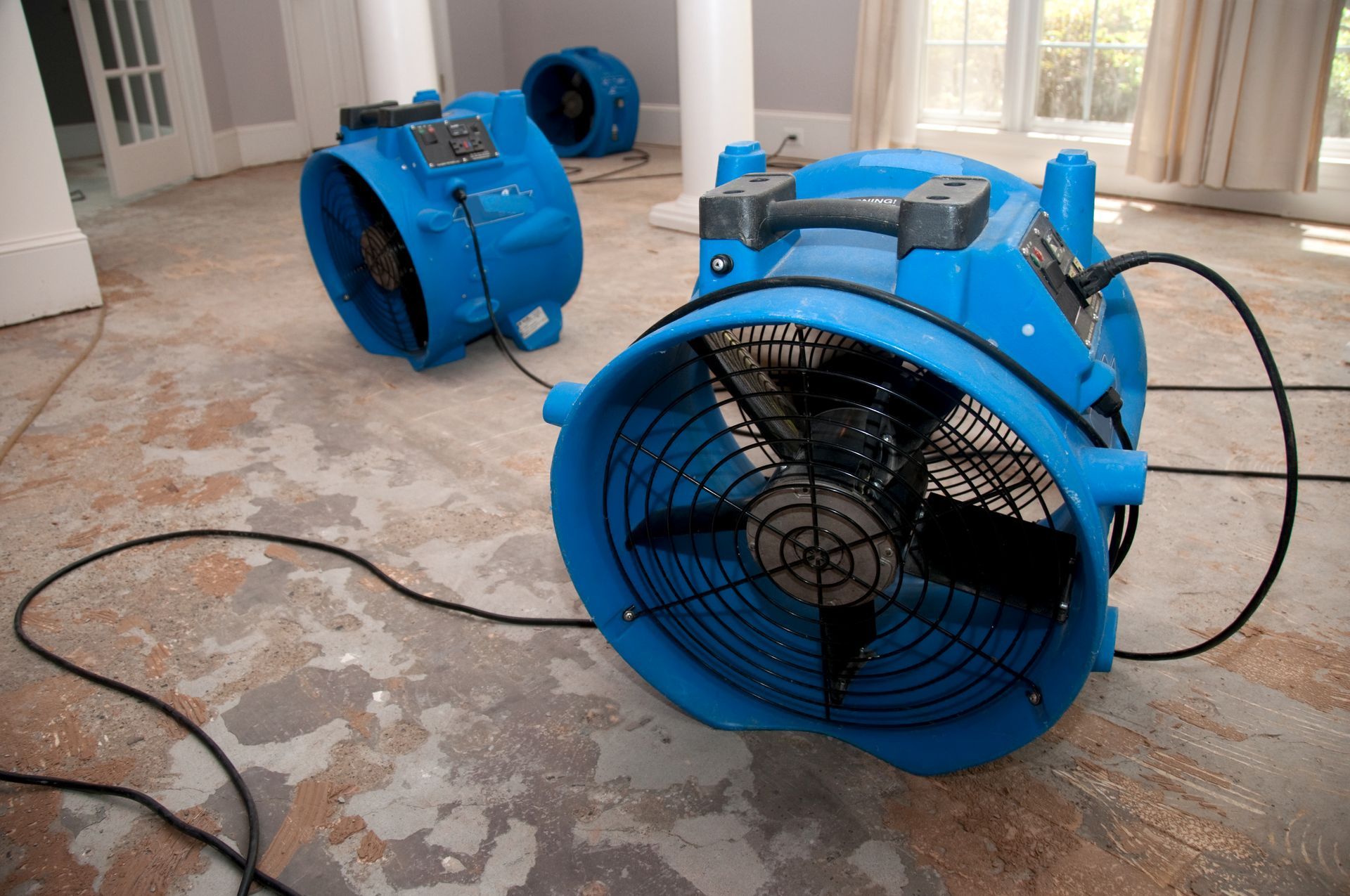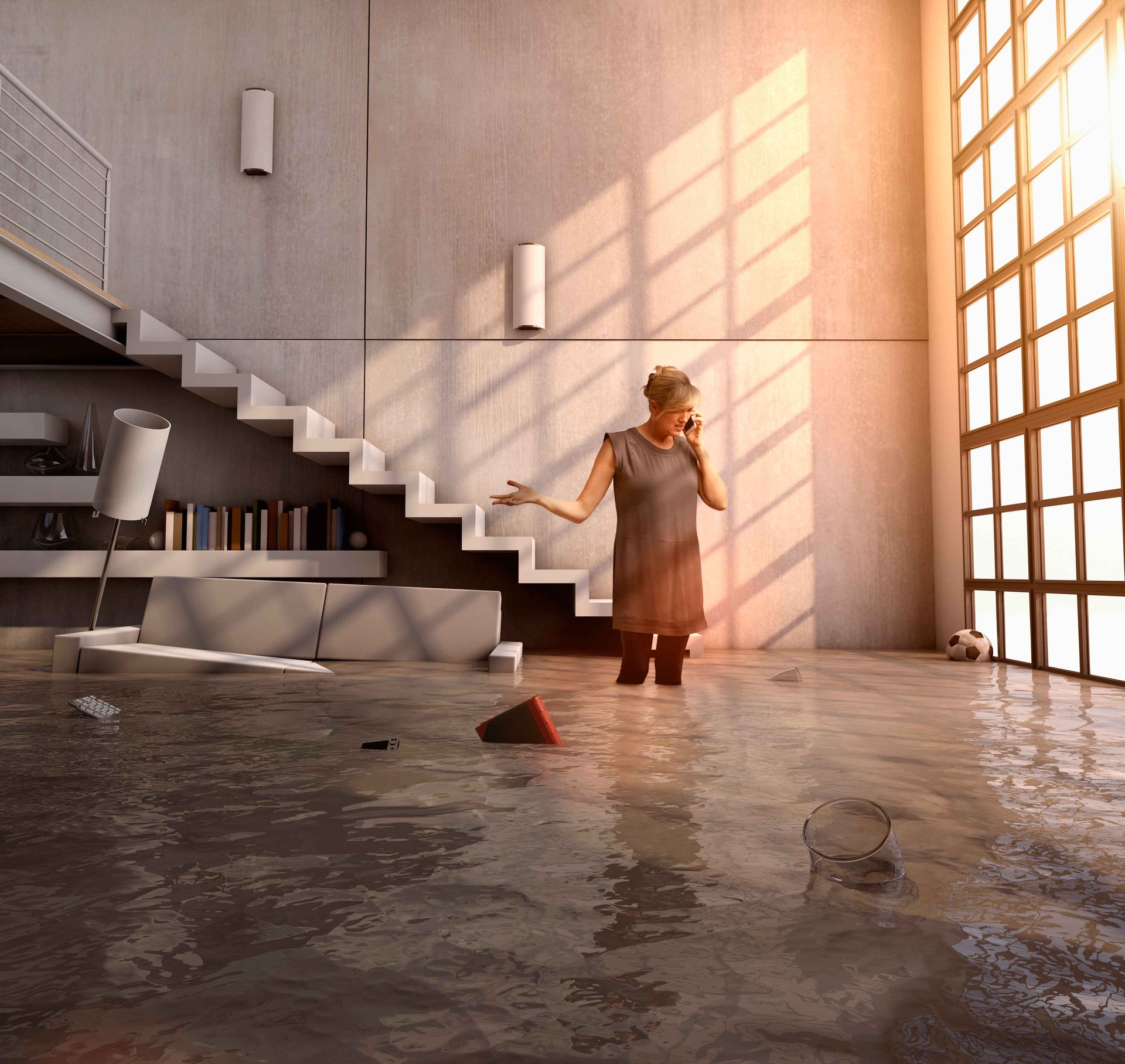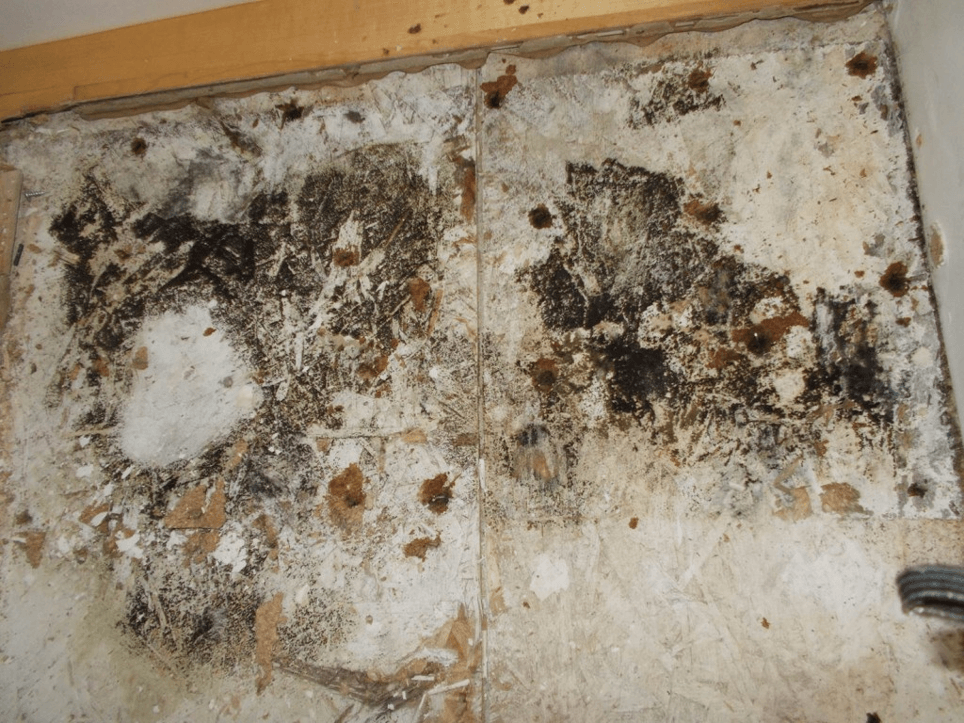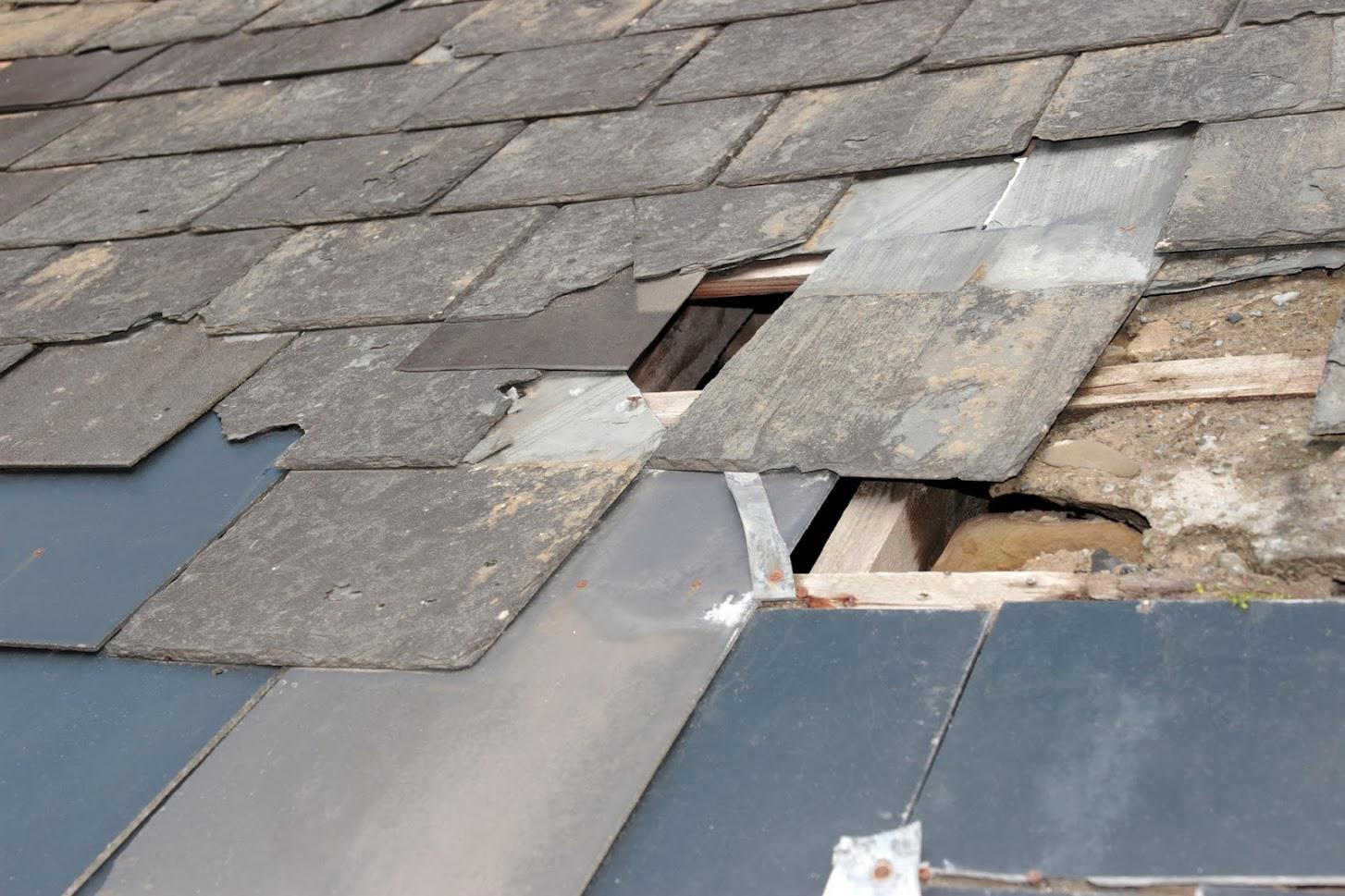Storm Preparation Tips for Large Facilities
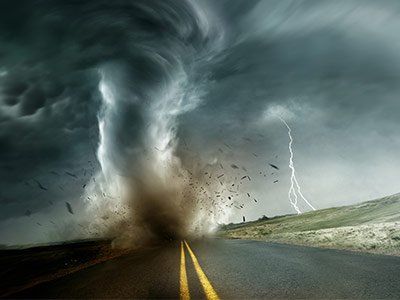
In May, a summer camp in Dauphin County, Pennsylvania was hit with an E-F1 tornado that rolled through camp cottages at 100 miles per hour. The tornado was strong enough to take down 200 trees and rip the power lines right off some cottages. Clearly, Pennsylvania is no stranger to powerful storms including tornadoes. Here are some tips to prepare your facility for impending storms.
Create a Storm Response Team
Every facility needs a trained and knowledgeable emergency response team. Your storm response team should be made up of members of your emergency team and any other staff members who can be called on to take action during a storm.
Your storm response team should be composed of at least one member from the following facility areas:
- Senior management
- Facility management
- Security department
- Employee safety
- IT staff
In addition, a staff member from each department not listed above should be included in the storm response team or be designated as a point of contact during storm emergencies.
Consult with your local law enforcement, fire department, utility companies, and emergency management officials to create your storm response team. Encourage the appropriate officials to join your team if you suspect you'll need heavy police, fire, or other emergency services after storms hit your facility.
Assess All Potential Storm Risks
After you have a well-rounded response team, bring all of the perspectives together in risk-assessment brainstorming sessions. The goal of the brainstorming sessions is to make the most complete storm-related risk assessments you can compile for your facility.
The facility management team can explain the logistics of entries and exits before, during, and after storms. The maintenance team can explain risks to the roof and the parking lot from high winds, hail, and heavy rains. The security team can explain the risks of vandals and looters after heavy storm damage. Each team member's input will help you create a thorough list of all potential risks to your facility.
Develop Detailed Storm Preparation and Response Protocols
After compiling your list of potential storm risks, your team should create preparation and response protocol lists for each separate risk. For example, if one risk of heavy storms is an interruption of data processing, your IT team should create a preparation and response checklist that includes backup power and computing capabilities.
Response checklists for each risk should include the following items:
- Responsible team members' names and contact information
- Tools and supplies
needed for storm preparation and response
- Actions to take to
complete storm preparation and response
- Documentation of
instructions for actions
- Communication
instructions for alerts and status reports
- Contact info for
officials and other key parties
Post-storm actions are also important, so develop post-storm lists for various potential scenarios. These scenarios may include:
- Evacuation of staff
- Treatment of
injured parties
- Securing ingress
and egress to your property
- Protecting valuable
assets after building damage
- Surveying storm
damage
Review and update your preparation, response, and post-storm checklists so that floor plans, contact information, and other details are current.
Train All Staff for Upgraded Storm Readiness
A well-trained staff is your best defense against worst-case scenarios. When your workers and department heads know how to respond during emergencies, they're less likely to panic and make poor decisions in the moment.
Continually review evacuation procedures and storm-response procedures until all staff are comfortable with their roles. Host mock emergencies to assess how your staff responds during crisis.
Ensure that each department head knows which key components of their area must be secured before, during, and after storms. Host routine meetings and educational assemblies to refine your facility's storm readiness.
If you're a facility manager in the Harrisburg, Pennsylvania region, you need a contact number for a trusted recovery and cleanup team. Contact C & Z Construction to learn more about our post-storm recovery services for large facilities, and keep our contact info listed on your storm-response checklists.
